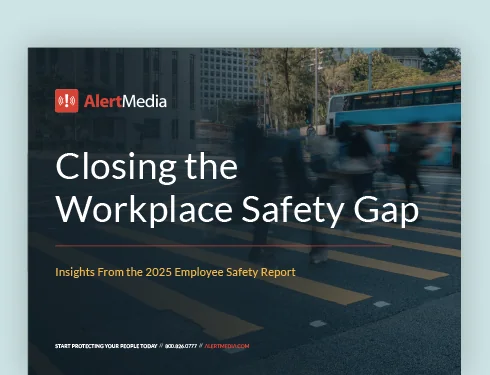
Creating a Duty of Care Policy
Every organization has some level of responsibility for their employees’ well-being when they’re on the job. However, it’s not enough to just hope that your employees are safe.

The Need for a Duty of Care Policy
We have already discussed what duty of care is, but you still might be wondering: why do I need a duty of care policy?
The answer is: you can’t afford not to.
Just look at what happened at Virginia Tech, following the shooting that occurred there in 2007. The school was inadequately prepared, and it took them over two hours after the initial shots were fired to notify their students. As a result, many students went to class, unaware of the grave danger they were in. This contributed to raising the death toll to over 30 students by the time law enforcement had contained the shooter.
Since the type of incident was foreseeable, Virginia Tech had a duty of care to its students. A jury found the university liable because it didn’t take reasonable steps necessary to keep the students safe. The jury awarded the families of 2 students over $8 million in damages.
So how do you avoid falling into the same pitfalls that befell Virginia Tech? It starts with creating a comprehensive duty of care policy.
Five Steps to Create a Duty of Care Policy
Here is a simple 5-step process for developing a duty of care policy that protects employees—and the company—from unnecessary safety and legal risks:
Step 1: Talk to employees
First, talk with employees to gain a deep understanding of what their day-to-day job is like. These vital discovery conversations involve employees in the process, help build a culture of transparency, and allow you to discover any hidden dangers threatening employees.
Step 2: Improve data accuracy
Keeping employees safe during emergency situations begins with better communication—and that’s simply not possible with inaccurate employee data.
As part of your duty of care policy, outline a process for keeping employee information current across all platforms. This includes making sure contact information for employees is up-to-date and synced from the HRIS to your emergency notification system. It also means making sure you always know where your employees plan to be working, and that they are prepared for any risks that come with working abroad. Ideally, you should also integrate your travel system with your emergency notification system.
Step 3: Write action plans
To prepare for all foreseeable crises, it’s important to develop written action plans. Decide how you will prepare for and respond to the wide variety of emergency situations your employees may face.
This requires a deep understanding of your company’s industry, the day-to-day responsibilities of employees, employee travel and telecommuting norms, and the geographies in which your company operates. For larger organizations, it is often helpful to assemble a cross-functional and cross-regional team. They can help identify the various risks employees may encounter, for different jobs and locations.
Step 4: Leverage technology
Given the unique duty of care challenges presented by today’s workforce, it is increasingly unrealistic—if not impossible—for organizations to fulfill their duty of care without the use of technology.
By utilizing technology with modern capabilities—such as real-time location tracking, multi-channel delivery, and HRIS integration—you can keep employees safe and ensure business continuity. Every second counts in an emergency, so automating manual, time-consuming processes is vital. With technology, you can save time, streamline communications, and focus your resources on the most critical tasks during an emergency.
Step 5: Communicate your plan
A good duty of care policy starts and ends with your employees. Make sure they know you are committed to their well-being and that they are informed of the measures you have taken to protect them in case something goes wrong.
By sharing your duty of care policy and associated contingency plans with employees, you can increase their peace of mind, improve emergency preparedness of the entire organization, and ensure all employees know exactly what they can expect from the organization when disaster strikes.
With a comprehensive duty of care strategy that is built on employee involvement, accurate data, and the use of innovative technology, your organization can go beyond mere compliance to truly protect employees and the business when it matters most. By following these five steps, you’ll be able to more effectively prepare for and respond to emergency situations. This will lead to increased employee safety, fewer legal liabilities, and a thriving company culture built on trust.
Make sure your company has a duty of care policy in place. If it doesn’t, follow these five steps to ensure your employees are safe, informed, and connected.




